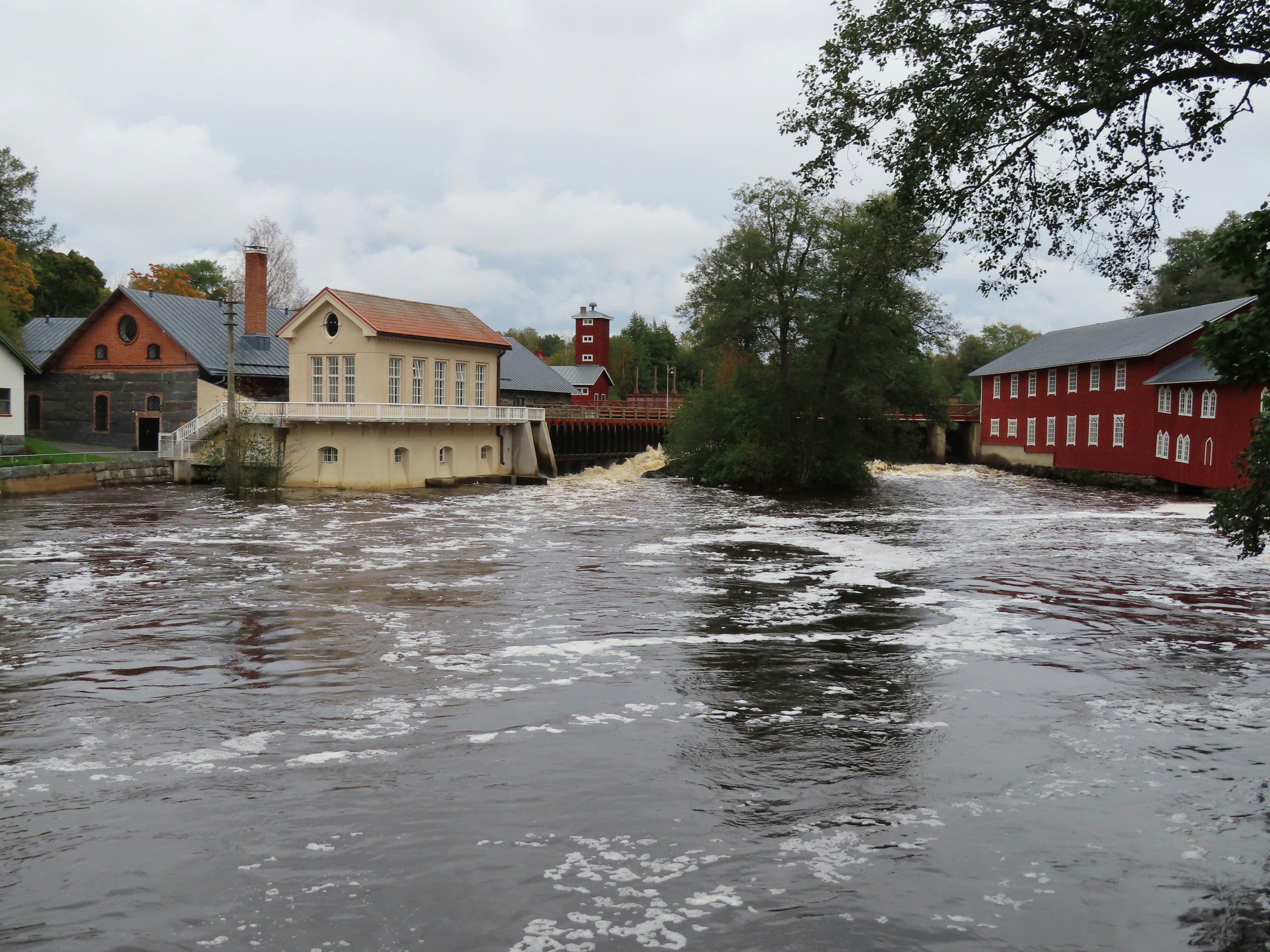While some countries downplay the urgency of climate change and parts of the financial sector continue to invest heavily in fossil fuels, Norway’s banks and insurers are beginning to confront the reality that climate risk isn’t a distant threat, it’s a financial one, and it’s already here. A new 2025 report by Finance Norway and SINTEF reveals how institutions across the country are taking action to build climate resilience and reduce exposure to physical risk.
What is physical climate risk, and why does it matter to finance?
Physical climate risk refers to the direct, observable effects of climate change, like flooding, storms, and landslides. These events threaten infrastructure, homes, and livelihoods – and for banks and insurers, that means rising costs, increased credit risk, and growing uncertainty.
For a country like Norway, where extreme weather and topography collide, these risks are especially relevant. And the financial sector is starting to respond.

Norwegian financial institutions are taking climate risk seriously
The report finds that one in three Norwegian banks is already incorporating climate risk into their sustainability work, with over half actively discussing it internally. For insurers, climate adaptation is even more embedded – many have begun incentivising clients to make resilience-focused upgrades, like flood-proofing homes or improving drainage.
Banks are also working to improve their understanding of how climate change could affect their lending and investments, although this remains a work in progress.
Data gaps and modelling challenges remain
Despite this momentum, one major barrier remains: data. Many institutions struggle to access reliable, localised climate data. And even when data is available, translating it into actionable insights is still challenging.
Even in Europe, 66% of banks report struggles with data quality, impacting their ability to make informed decisions. This sector needs better tools.

A growing model for climate-smart finance
Norway’s financial sector may be comparatively small to some others in Europe, but it’s moving with purpose. The lessons from this work are useful for banks and insurers globally: climate risk is business risk, and managing it well will define the leaders of tomorrow’s low-carbon economy.
Netto is here to accelerate the transition to low-risk property portfolios
We help banks and property portfolios integrate physical climate risk into decision-making by offering data-driven insights, scenario modelling, and customised portfolio strategies. Our platform supports proactive risk assessment and helps reduce exposure through forward-looking, science-aligned investment planning.
Interested in getting Netto for your bank? Get started with a free demo.